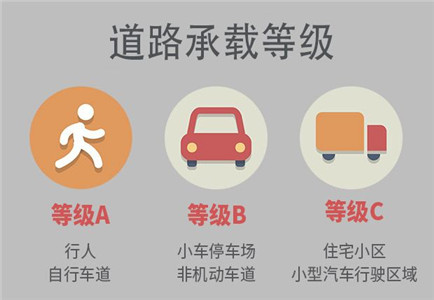
During the heavy rains last summer, did the city experience waterlogging and flooding? Is it inconvenient for you to travel after heavy rain?
Pooling water can cause structural damage to your home and create a safety hazard around high-traffic areas like driveways and walkways.
Channel drain is a great solution for these common problems. A well-designed drainage system will prevent rain and other runoff from wreaking havoc on your home.
What is Channel Drain?
Channel drain (also called trench drain) is a linear drain that moves water through an underground drainage system. It collects and disperses the runoff over a large area, most commonly in driveways.
So where can we use channel drainage besides driveways?
Where Can I Use Channel Drain?
Patios
Pool decks
Gardens
Walkways
Tennis courts
Golf courses
Parking lots
Class B rated channel drain with proper sloping
Load Rating Recommendations
Like any residential drainage solution, channel drain can only handle so much weight before buckling under pressure. Be sure to choose the right load classification for your application.

 Most residential options are class B rated for speeds under 20 miles per hour.
Most residential options are class B rated for speeds under 20 miles per hour.
Channel Drain Load Rating Recommendations
5 Benefits of Channel Drain
1 .Easy to maintain
2 .Effective long-term solution for removing water
3 .Controls water flow after heavy rain
4 .Reduces soil erosion
5 .Customizable for many applications
Channel Drain Installation
1. The excavation foundation ditch drainage trench bearing capacity is directly related to the construction of drainage trench foundation trench. The drainage ditch with certain load-bearing requirements must be seated on a concrete foundation groove of corresponding size.
2. Pouring the foundation of the foundation channel. Cement concrete is used to pour the foundation of the foundation channel that meets the size requirements of the bearing grade.
3. Laying a drainage ditch (water collection well) The principle of laying a drainage ditch (water collection well) is to first lay a water collection well (or drainage ditch) at the outlet of the drainage system.
4. Pouring concrete for the side wing of drainage ditch and water collection well.
5. Waterproof treatment of the sewn seam of the drainage channel interface If the drainage channel needs to be strictly waterproof, it is recommended to use waterproof sealant to evenly apply to the sewn seam of the adjacent drainage ditch interface (after application, the excess sealant at the sewn seam must be cleaned , Otherwise it will affect the drainage function).
6. Before cleaning the drainage ditch body and the fixed cover drainage system, the drainage ditch cover and the collection well cover must be removed, and the debris in the drainage ditch and collection well must be carefully cleaned. After confirming that the ditch body is unobstructed, put the cover back and tighten.
Proper use of the drainage system can not only ensure that the road area does not cause water during the heavy rain, to ensure the safety of vehicles and pedestrians, but also keep the road clean. The dirt in the ditch will not stay, the microorganisms will rot and form odor, even The decorated drainage system can also become a scenic line in the city.
Post time: Mar-07-2023
